Earth
Latest
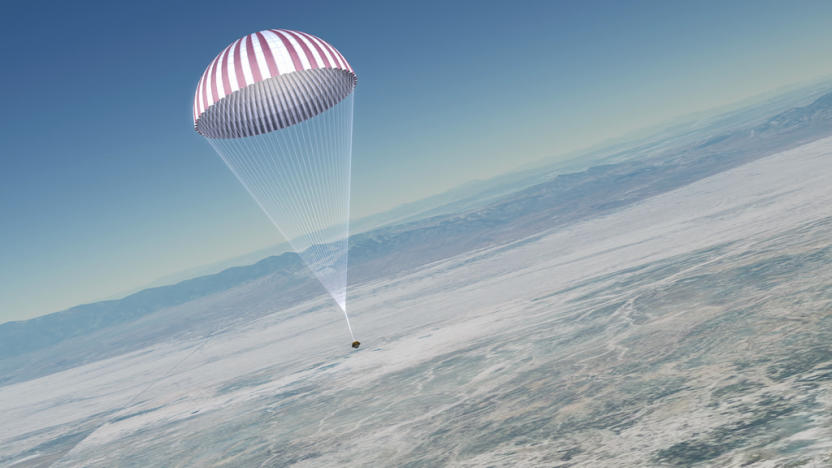
NASA's OSIRIS-REx successfully delivers asteroid samples back to Earth
Seven years ago, NASA’s OSIRIS-REx mission was launched to collect asteroid samples from the near-Earth object Bennu. Today, the samples made landfall on Earth, closing a long-awaited chapter for the mission.
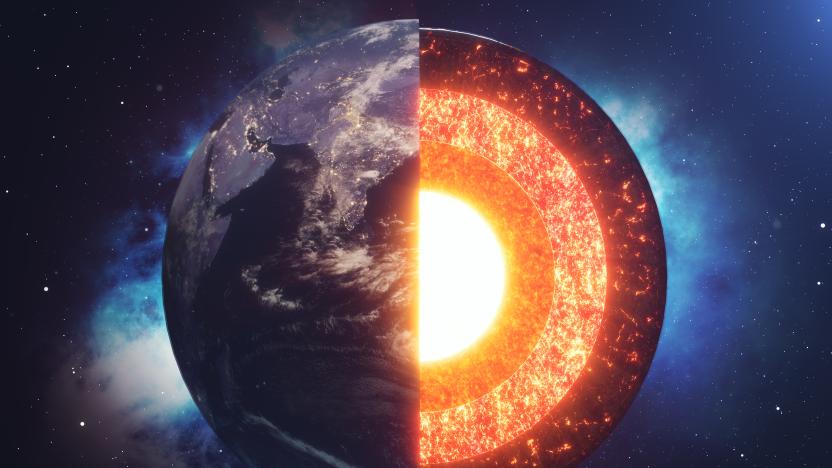
Scientists find evidence of a new layer at the Earth's inner core
Scientists have found signs that Earth has another layer — a metal ball inside the inner core.
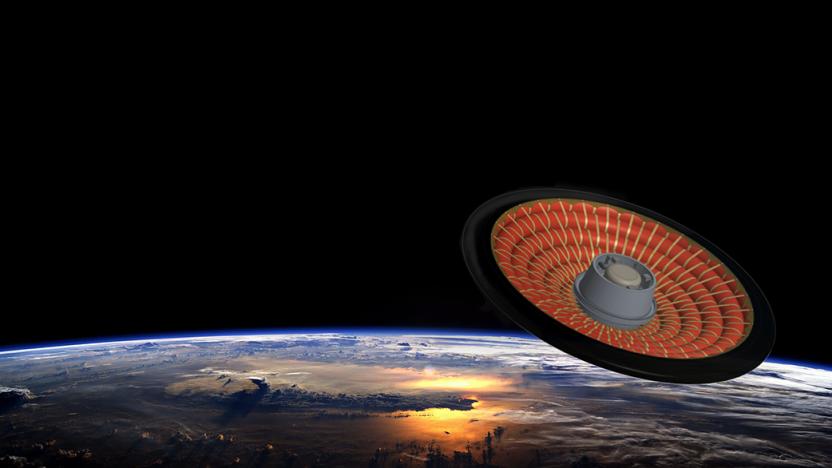
NASA's first test of its next-generation heat shield is delayed until at least November 9th
Tomorrow's interplanetary landing craft won't be stuck behind today's ablative tiles. NASA has something better in mind -- something inflatable.
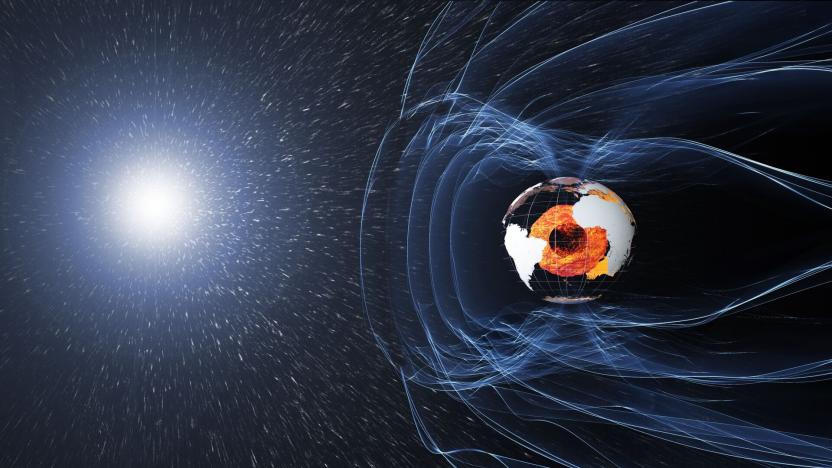
Listen to the eerie sounds of a solar storm hitting the Earth's magnetic field
Scientists converted data from the ESA's three Swarm satellites into ethereal audio.

Something is making the Earth spin faster and our days shorter
A negative leap second may be needed to correct clocks, but Meta believes that could be 'devastating.'
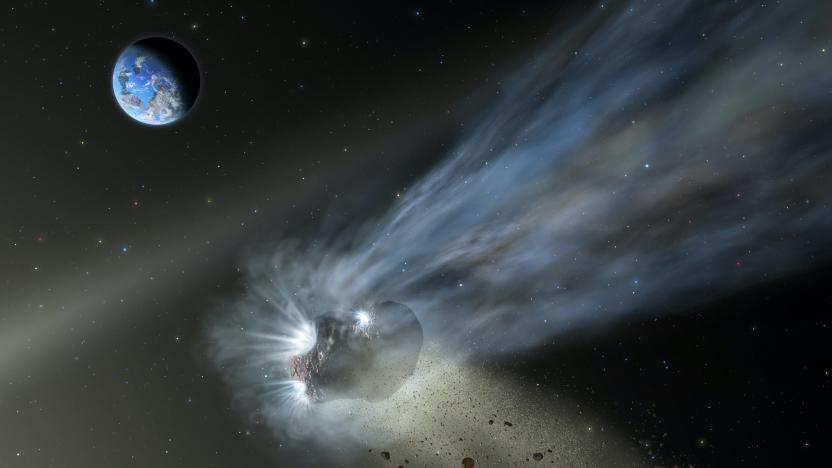
Comets may have seeded Earth with life-supporting carbon
A snapshot of a comet carrying carbon as it zipped past Earth in 2016 is helping NASA learn more about the origins of life.

There could be as many as six billion Earth-like planets in our galaxy
The findings could have a big impact on future space missions.
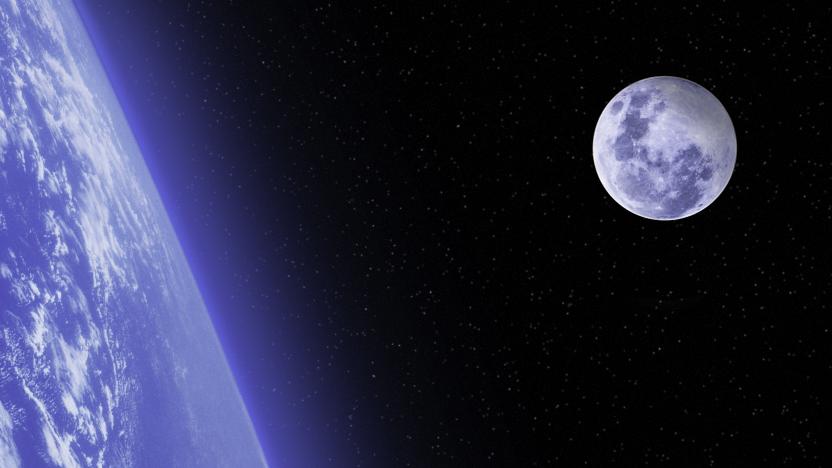
CommStar will launch a relay satellite to talk to astronauts on the Moon
CommStar Space Communications plans to launch a data relay satellite that will serve as communications infrastructure for government and commercial space ventures.

SpaceX's next Starlink launch will help improve satellite imagery of the Earth
Planet's satellite imaging network is getting clearer and more agile thanks to SpaceX's satellite rideshare program.

New models show that the earth is warming faster than first thought
Scientists have made no secret of the extreme challenges posed by climate change, with the Intergovernmental Panel for Climate Change (IPCC) repeatedly stressing the importance of keeping global warming below two degrees. But now it seems the situation is much more serious than previously understood, with new climate models predicting average temperatures could rise by as much as seven degrees by 2100.

NASA's free interactive photo book shows the abstract beauty of Earth
NASA just released 168 pages of stunning images showing the planet's atmosphere, water, land, ice and snow from a satellite's perspective. For $53, you can buy a hardcover version of the book, simply titled Earth. Or you can accept the unavoidable truth that print is dead and enjoy the free, interactive online version on NASA's Earth Observatory. And if you absolutely must take the book with you, there are free PDF and ebook versions too.

Earth's fast-moving magnetic north pole is messing with navigation
The Earth's magnetic north pole is constantly on the move, but it's now enough of a problem that it's having a significant effect on navigation technology. Scientists at the National Centers for Environmental Information have delivered an update to the World Magnetic Model a year early after "unplanned variations in the Arctic region" (read: quick movements) made the existing magnetic north inaccurate. That's a problem for virtually every device with a magnetic compass, including smartphones, military vehicles and airliners.
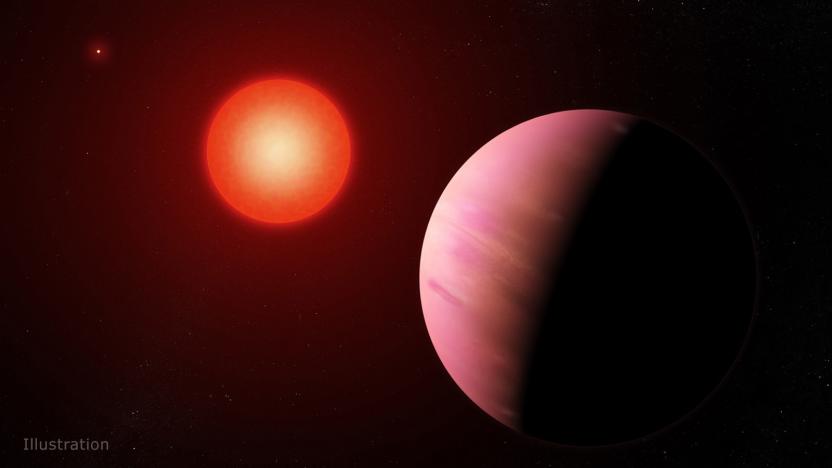
Citizen astronomers discover new planet that NASA algorithms missed
NASA's Kepler Space Telescope might not be doing much anymore, but discoveries are still being made thanks to the data it left behind. By analyzing its historical records, and crowdsourcing help from volunteer astronomers, a citizen team has discovered a new planet roughly twice the size of Earth. The planet, known as K2-288Bb, could be rocky, or gas-rich, similar to Neptune. Its discovery is particularly exciting because the planet's size (just slightly smaller than Neptune) is so rare among those beyond our solar system – known as exoplanets.
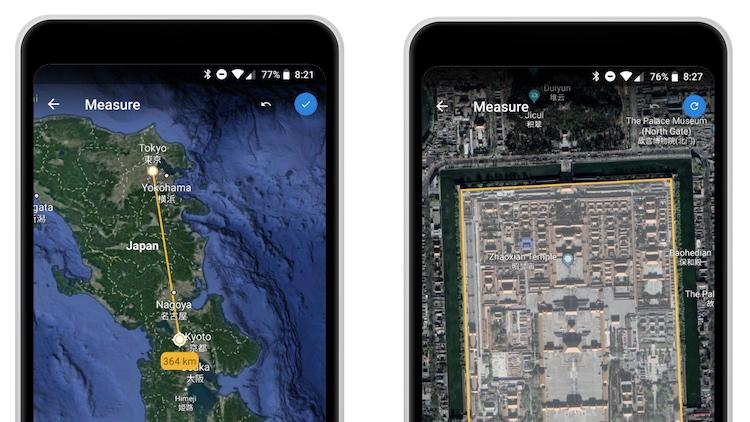
Google Earth can measure the distance between your house and the Louvre
Not content to simply measure kitchen tables using augmented reality anymore, Google is thinking bigger. A lot bigger. The latest update to Google Earth is the ability to measure the distance between two points on the globe. In a blog post, the search juggernaut says that it's been one of the most requested features. The Measure tool goes live in Chrome today and will be added to Android this week, with iOS getting in on the party "soon."
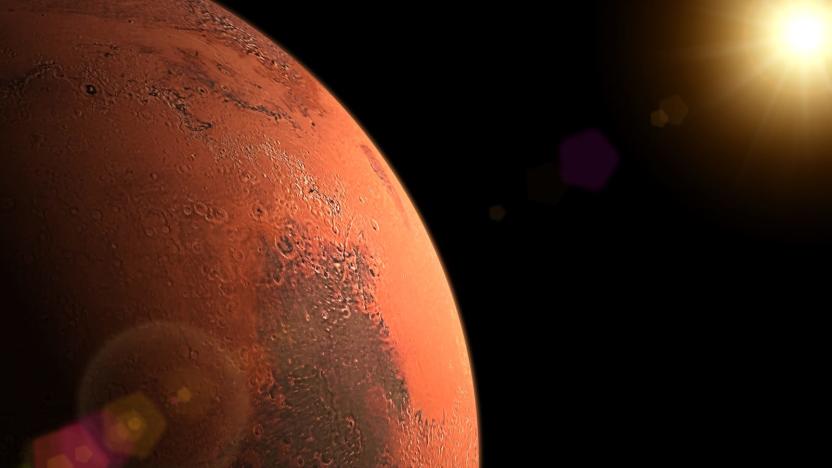
'Impossible' EM drive may actually be impossible after all
If something sounds too good to be true then it probably is, so goes the old saying. And unfortunately, it now seems this is also applicable to the "impossible" EM drive, first touted over a decade ago as a way to generate thrust using microwaves, thereby eliminating the need for fuel in deep space exploration. The initial research caused huge excitement, with scientists venturing it would be possible to travel from Earth to Mars in just a few weeks if the technology could be scaled up, but new tests suggest that's unlikely to happen because it doesn't appear to work at all.
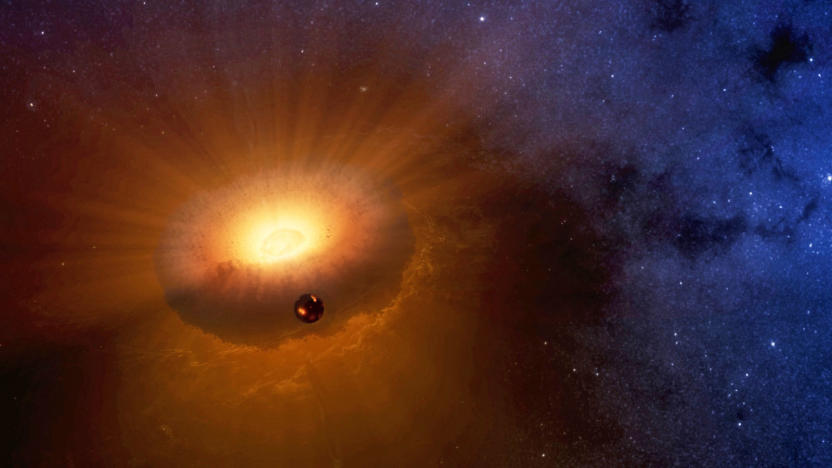
The moon may have formed inside the early Earth
Scientists have been puzzling over the moon's formation for a long time, and now there's a new theory that might explain some of the baffling mysteries surrounding our satellite. A new study published today in the Journal of Geophysical Research: Planets posits that the moon may have actually formed inside the Earth, before our planet had fully taken shape.
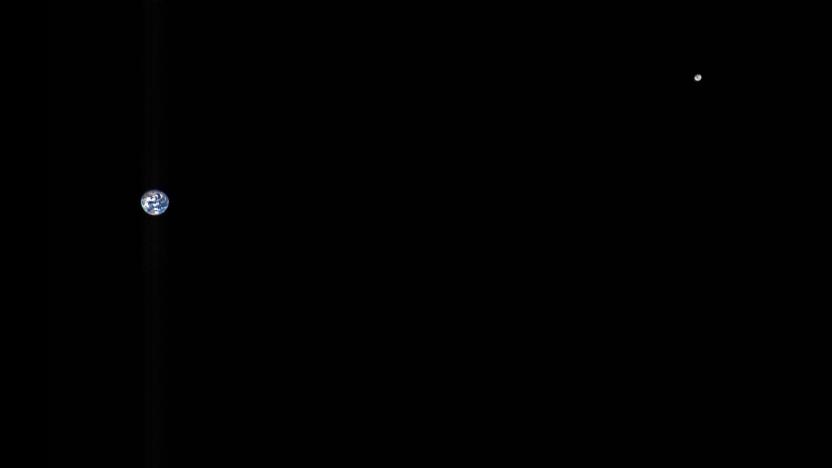
A portrait of Earth and the Moon from 3 million miles away
Sometimes you need to step back to see the big picture, and if your subjects are 249,000 miles apart, you need to step waaay back. Luckily, the spacecraft OSIRIS-REx is moving rapidly away from us and was recently just in the right position, around 3.1 million miles away, so it trained its MapCam instrument towards its former home and captured this poignant portrait of the Earth and the Moon.

First observed interstellar object is a speedy, cigar-shaped asteroid
Last month, astronomers running the Pan-STARRS 1 telescope in Hawaii spotted an intriguing object moving through our solar system and it became clear pretty quickly that the object, whether it was a comet or an asteroid, had come from outside of our solar system. Now, in a paper published this week in the journal Nature, researchers have described the interstellar visitor, dubbed 'Oumuamua, including its peculiarities as well as its similarities to objects originating in our own solar system.

How NASA will defend the Earth against plagues from outer space
In the summer of 1957, the Earth stood witness as a meteorite cratered in rural Pennsylvania, bringing with it a people-eating plague never seen: an alien amoeba with the taste for human flesh. While we had Steve McQueen around for the first invasion, humanity is now defended against microbial marauders from outer space by NASA and its international counterparts.
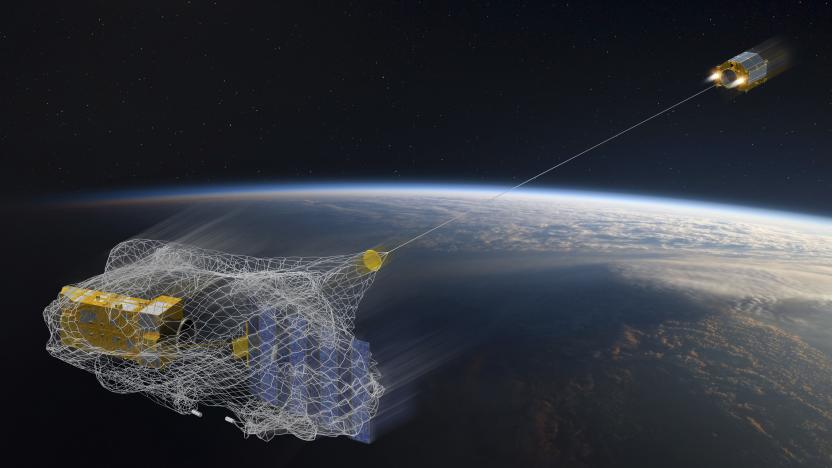
The robots that will sweep Earth's skies
After six years in space, China's first orbital station, the Tiangong-1 (aka the "Heavenly Palace") has finally outlived its operational limits and begun its descent to Earth. It's expected to re-enter the atmosphere in a few months, whereupon a majority of the 9.3-ton station should burn up before reaching the surface. This is how defunct satellites are supposed to be disposed of. Unfortunately, until very recently, that hasn't often been the case.










